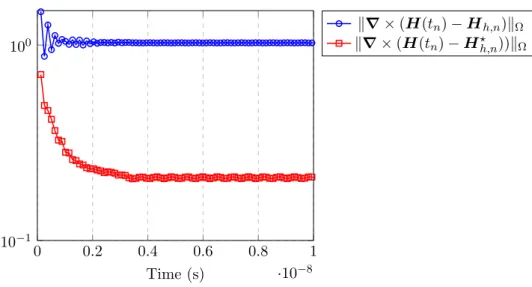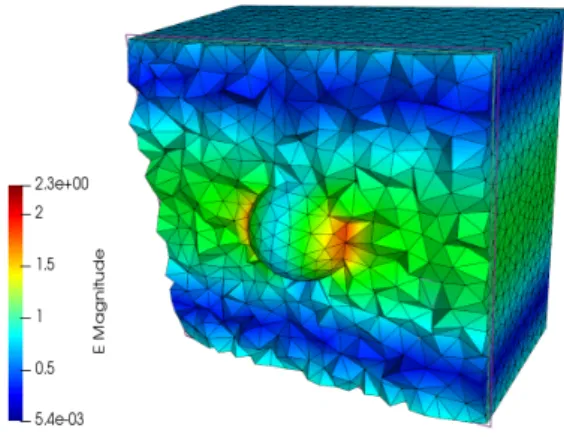A postprocessing technique for a discontinuous Galerkin discretization of time-dependent Maxwell's equations
Texte intégral
Figure
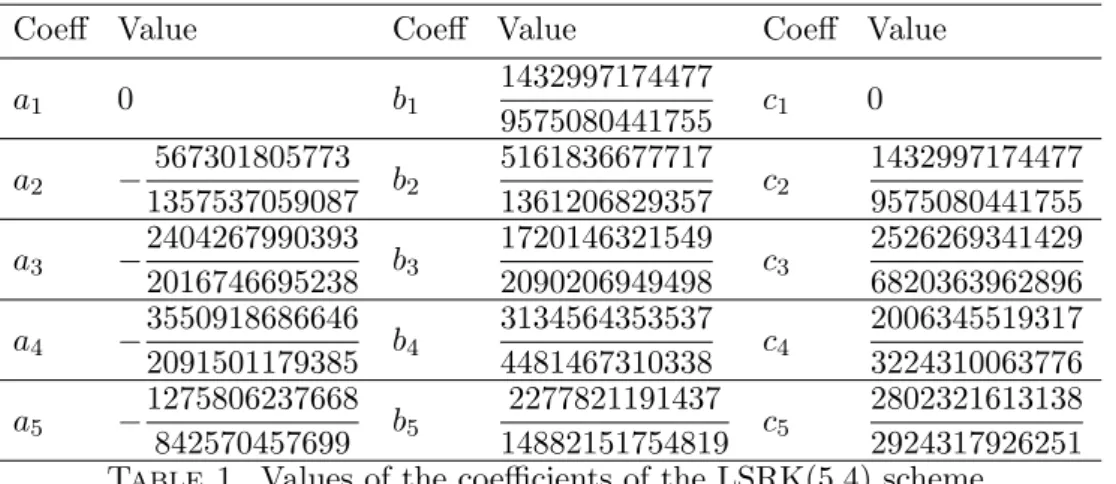
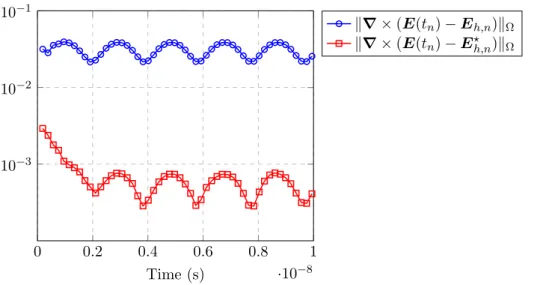

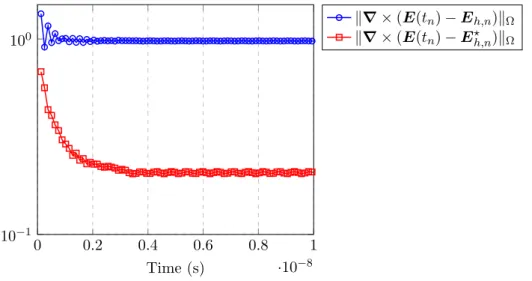
Documents relatifs
Dans le paragraphe suivant, nous pr´ esentons la formulation de l’expression g´ en´ erale de l’´ energie d’interaction entre deux aimants en fonction du potentiel scalaire
In Section II we in- troduce the model on which we illustrate the main find- ings of this paper, we expect this picture to be generic and apply to all the models where the hard
Longitudinal magnetoresistance in Co-doped BaFe 2 As 2 and LiFeAs single crystals: Interplay between spin fluctuations and charge transport in iron pnictides... arXiv:1303.1677v2
Second, while currently PV is only used at the guest OS level to implement optimized drivers for virtualized environments, XPV extends this principle to the SRLs: we propose to
Here, we increase the recovery of genomic information from two MAST-4 lineages by co-assembling short reads from multiple Single Amplified Genomes (SAGs) belonging to
However, it is essentially a two- tiered propositional logic, and, instead of using Kripke frames, the semantics we propose for GPL is based on possibility distributions,
The set of representative rRNA sequences is preprocessed in the following way: (1a) The lookup table stores all of the s 2 -mers and their number of occurrences which exist in the
Après avoir présenté dans le chapitre précédent les principes de l’utilisation du logiciel "Fluent", dans ce chapitre nous allons tester le codage “Fluent” sur des
